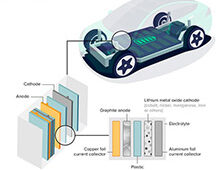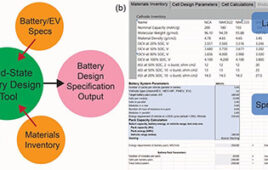 NASA plans to make oxygen—a key ingredient of rocket fuel—on Mars early next decade.
NASA plans to make oxygen—a key ingredient of rocket fuel—on Mars early next decade.
Space agency officials Thursday unveiled seven instruments they plan to put on a Martian rover that would launch in 2020, including two devices aimed at bigger Mars missions in the future.
The $1.9 billion rover will include an experiment that will turn carbon dioxide in the Martian atmosphere into oxygen. It could then be used to make rocket fuel and for future astronauts to breathe, said NASA associate administrator for exploration Bill Gerstenmaier.
Taking fuel to Mars for return flights is heavy and expensive.
The device, named MOXIE, works like an engine but in reverse, said Michael Hecht, the scientist at the Massachusetts Institute of Technology who is running the test project. It will make about three-quarters of an ounce of oxygen an hour.
If it works, then a larger scale device—100 times bigger than MOXIE—would be launched two years before astronauts go, currently slated for some time in the 2030s. NASA first plans to send astronauts to an asteroid.
The bigger device would start making enough oxygen for the return trip before astronauts ever launch to Mars, Hecht said. The other part of rocket fuel—the propellant—can be made from light hydrogen that is brought from Earth or other chemicals mined from Martian dirt or atmosphere.
John Grunsfeld, NASA’s associate administrator for science, said the new rover—a clone of the chassis of the current Curiosity machine—”will lead to getting humans to Mars in the future.”
Mars on average is about 140 million miles from Earth and opportunities to send spaceships to there come only every 26 months. The trip to Mars takes about 9 months, but can be as short as half a year.
The rover is scheduled to land on Mars in 2021.
NASA also plans to collect interesting rocks, put them in sealed vials for future flights to pick them up and return them to Earth for detailed study. This would likely be another robotic mission or it could just wait for astronauts. NASA hasn’t yet figured out how the rover will store the rocks.




